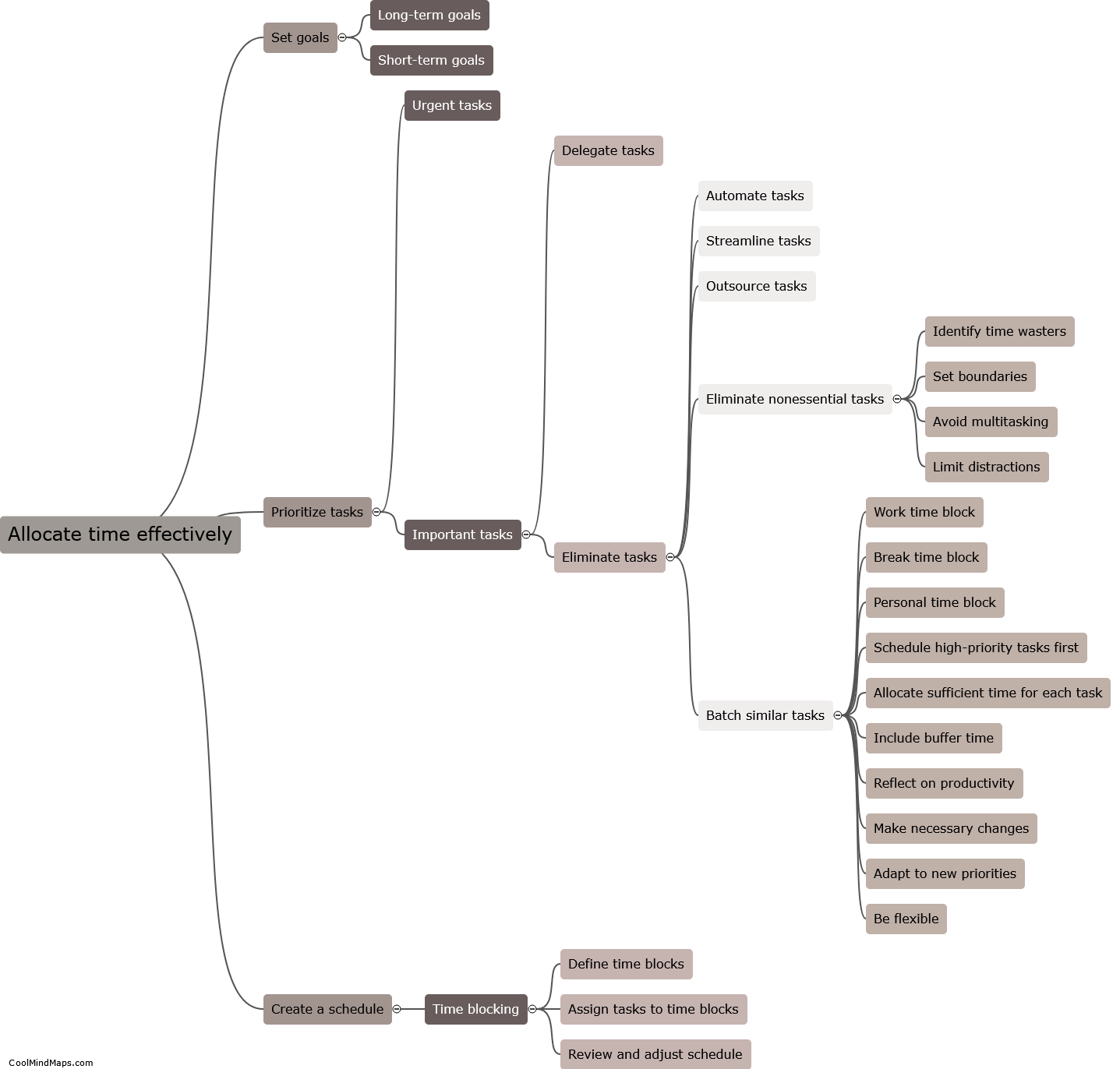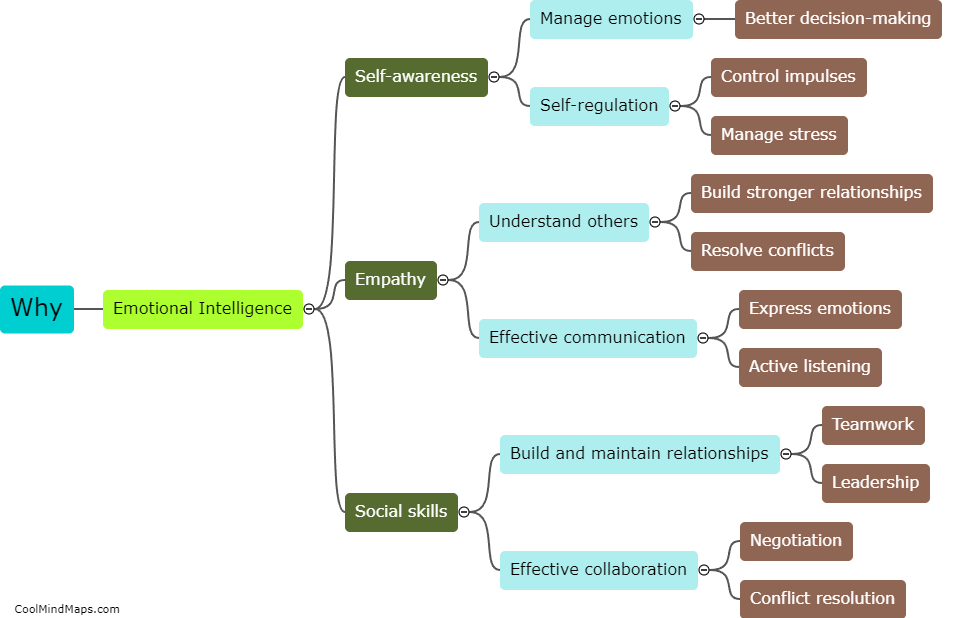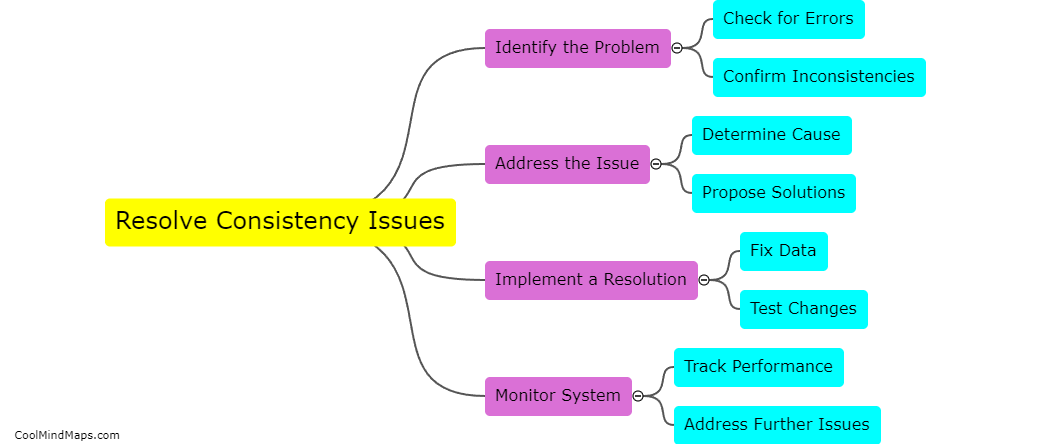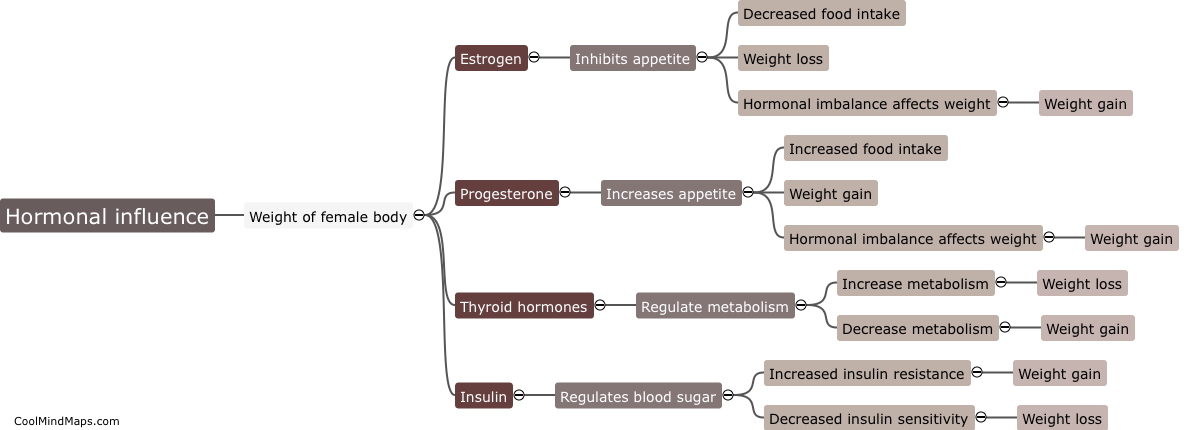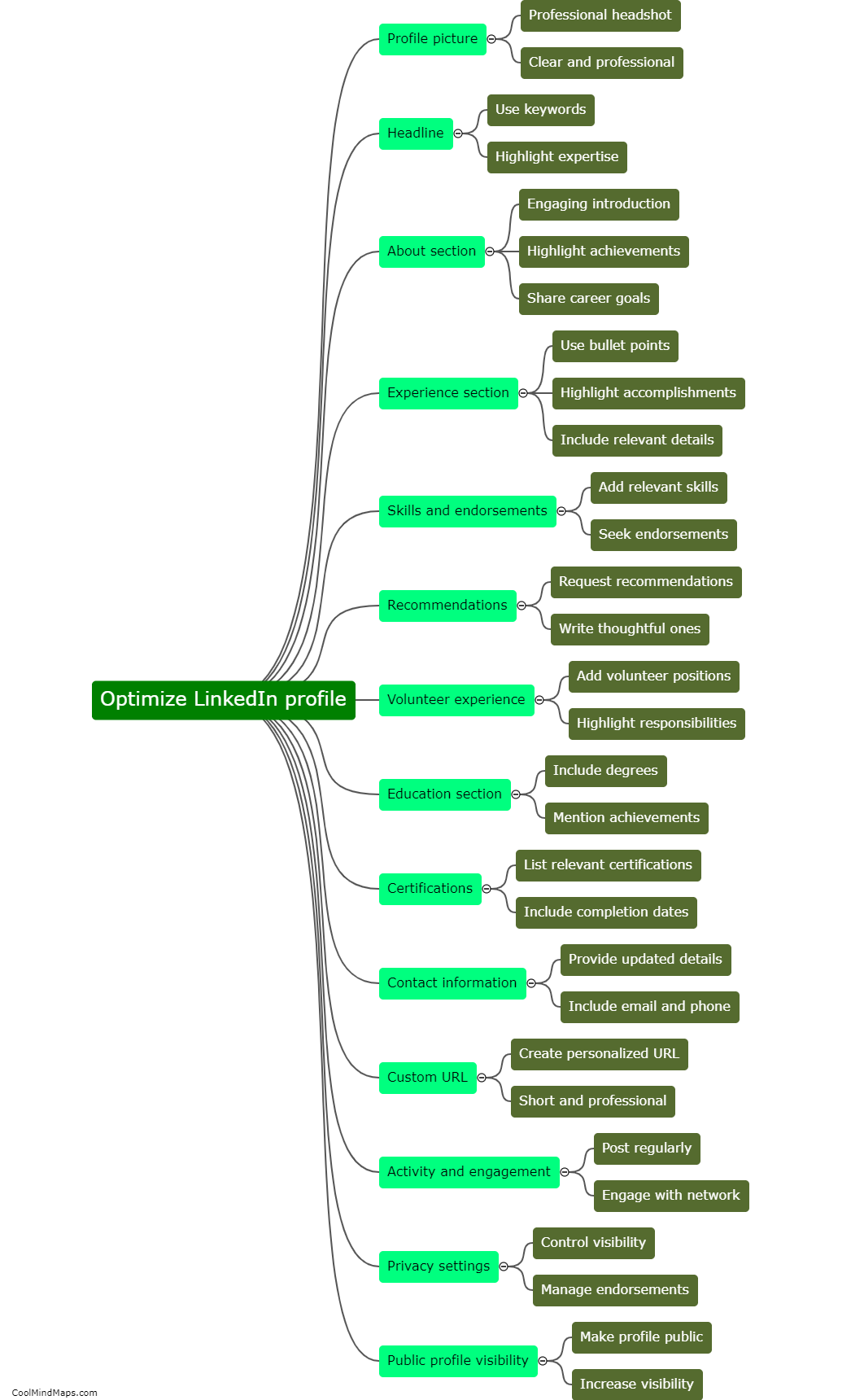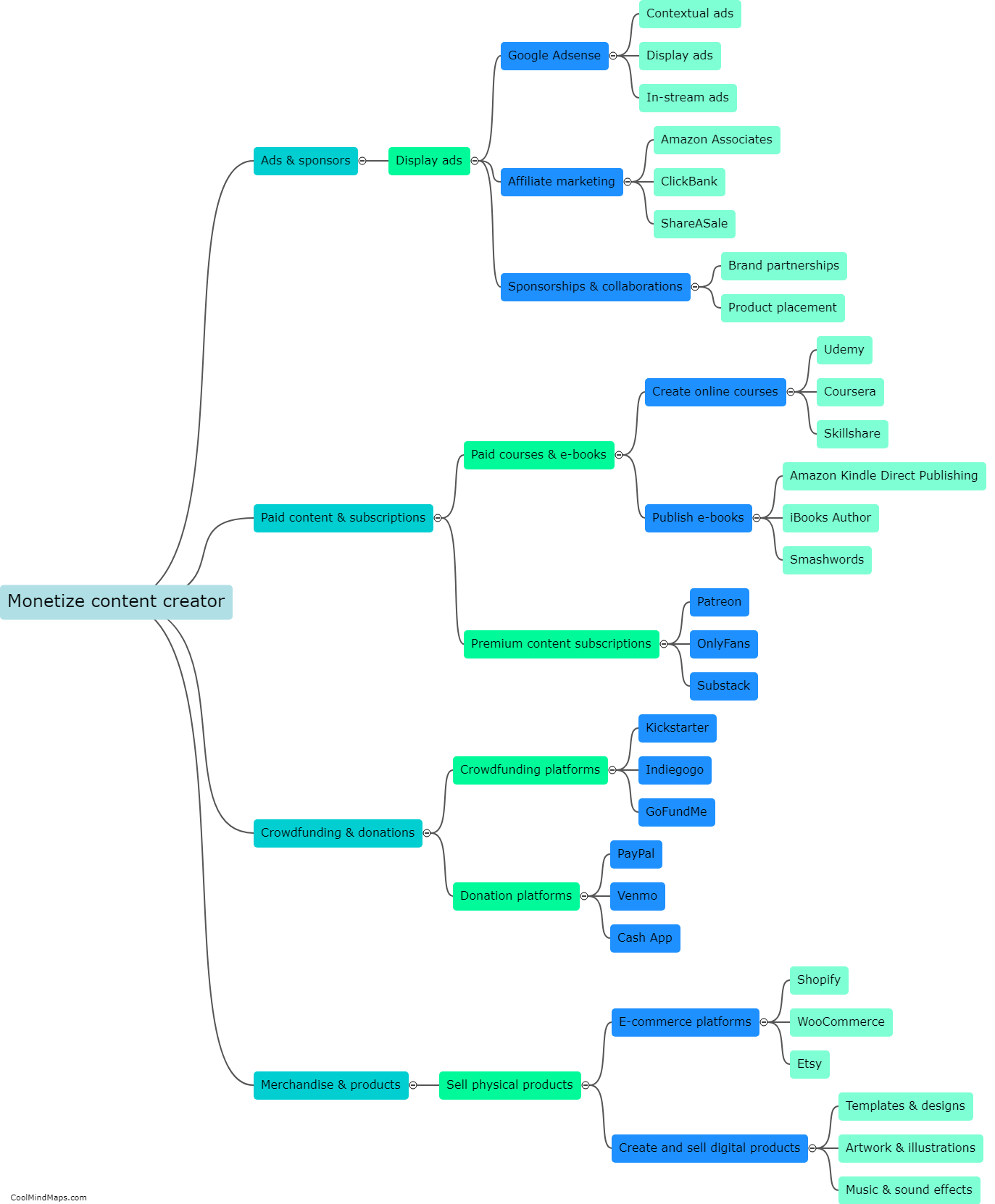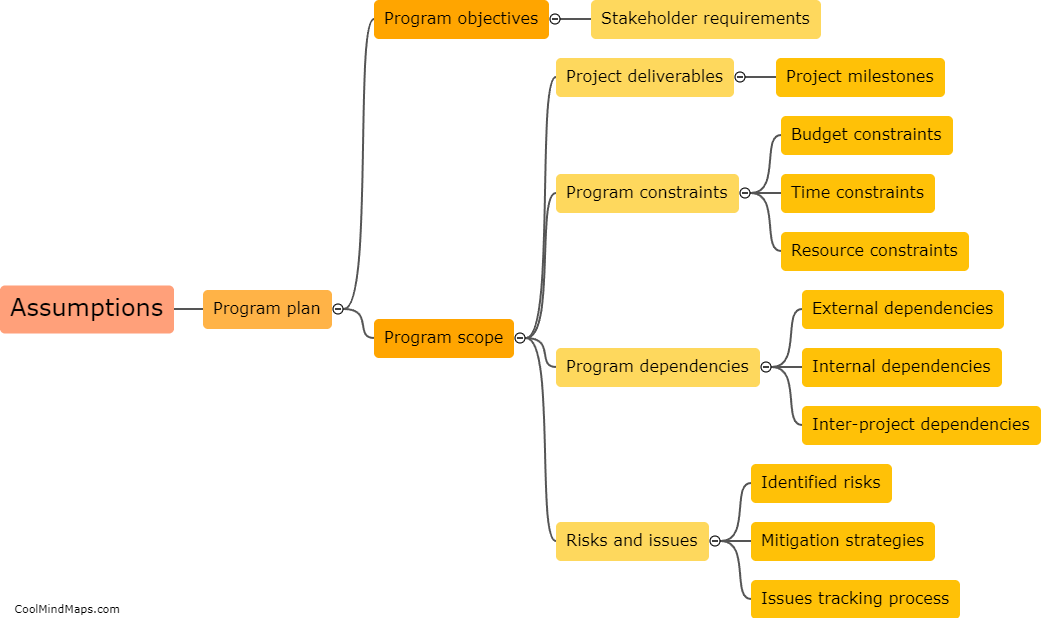What are the components of a solar panel system?
A solar panel system consists of several key components. First, there are the solar panels themselves, which are made up of numerous solar cells. These cells are responsible for converting sunlight into electricity through the photovoltaic effect. Second, there is an inverter, which transforms the direct current (DC) electricity produced by the panels into alternating current (AC) electricity that can be used to power homes or businesses. Next, there is a charge controller, which regulates the flow of electricity and ensures that the batteries, if present, are charged properly. If batteries are included, they serve as an energy storage system, allowing excess electricity generated during daylight hours to be stored for use during periods of low sunlight. Lastly, there is the electrical panel, which distributes the solar-generated electricity to various appliances and electrical systems within the building. Together, these components form a complete solar panel system that harnesses clean and renewable energy from the sun.
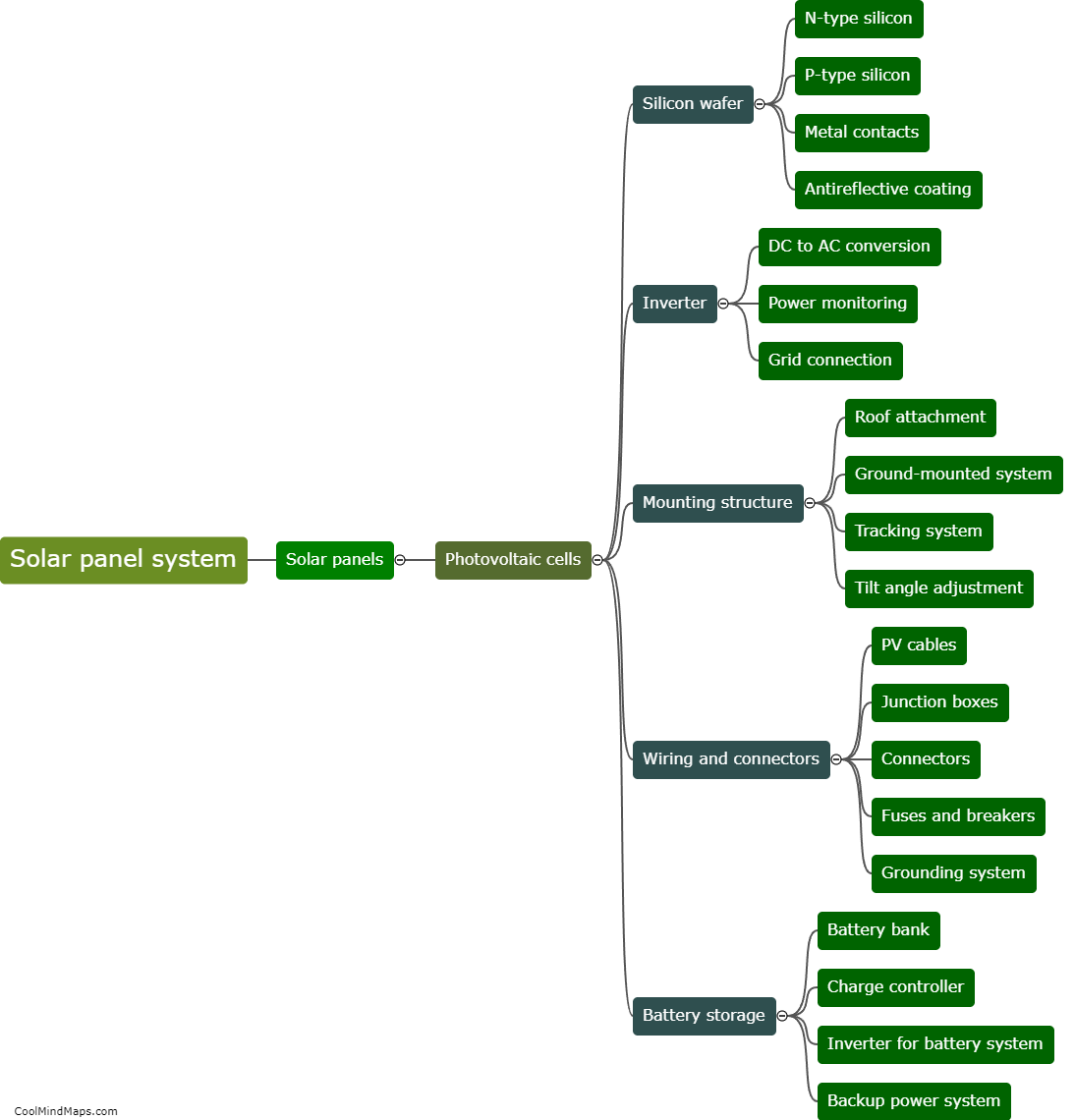
This mind map was published on 21 December 2023 and has been viewed 86 times.
